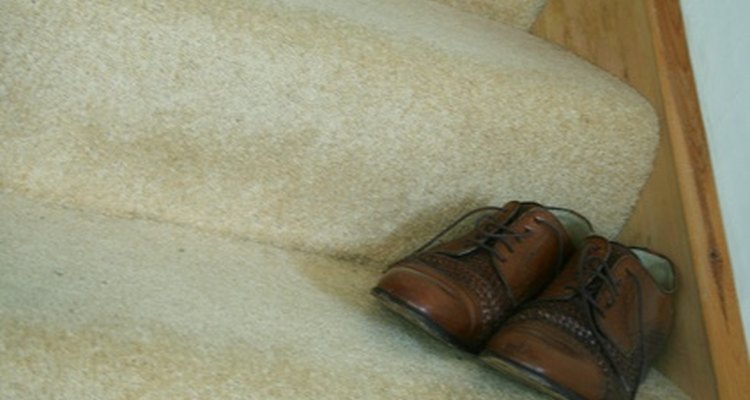
The neurotoxic chemicals in some commercial shoe polishes can be both inhaled and absorbed through the skin during use. These chemicals can cause irritation and are linked to a host of health risks. You can make your own organic shoe polish to replace the potentially dangerous chemical shoe polishes available commercial. Homemade organic shoe polish doesn't require a laundry list of items to make. In fact, with a just a few ingredients from your cupboard you can make a safe and effective organic shoe polish in a matter of minutes.
Pour 1 cup of organic olive oil into a clean glass jar. Add 1/4 teaspoon of organic lemon juice.
Put the lid on the glass jar and seal it tight. Shake the contents of the jar until the two ingredients are well-blended.
Apply the organic shoe polish to your shoes with a clean rag. Use a circular motion.
Allow the shoe polish to sit for 2 to 3 minutes. Rub shoes to a shine in a circular motion, with a clean, dry, lint-free cloth.
Related Articles

How to Clean Scuffed Up Rain Boots

How to Shrink Stretched Leather Shoes
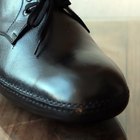
The Best Way to Stretch Patent Leather ...

How to Get Scuffs Off Vinyl Shoes
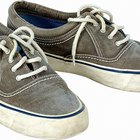
How to Clean Dry-Erase Marker Off of ...

How to Care for Copa Mundial

How to Get Sharpie Off of Vans

How to Make Homemade Waterproofing for ...

How to Care for Patent Leather Shoes
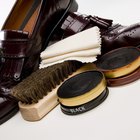
How to Get Shoe Polish out of Clothes

How to Shine Patent Leather Shoes

How to Make Homemade Liquid Rouge

How to Deodorize Suede Sandal Footbeds
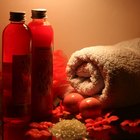
Homemade Natural Unscented Glycerin ...
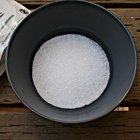
How to Make Xylitol Toothpaste

How to Protect Light-Colored Leather ...
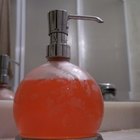
How to Make Medicated Soap
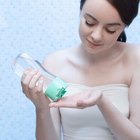
How to Make Gel Moisturizer

How to Rehydrate Cracked Dress Shoes
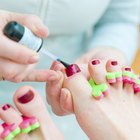
Facts About Nail Polish
References
Writer Bio
Hillary Marshall has been writing professionally since 2006. Before writing instructional articles online, she worked as a copywriter and has been published in "Ideal Living" "Sass" "Science Edge" and "Shopping Cents" magazines along with countless websites including Gadling a blog by the Huffington post. Marshall studied early childhood education at the Stratford Career Institute.
Photo Credits
shoes image by Christopher Hall from Fotolia.com